
Step into the neon-drenched halls of memory, where the rhythmic clamor of quarters dropping into coin slots once provided the soundtrack to a generation’s youth. Arcades were more than just venues; they were vibrant epicenters of culture, innovation, and intense competition, where friendships were forged over high scores and rivalries ignited by pixelated battles. It was a golden era, a time when the latest gaming marvels were unveiled not on a home screen, but under the glowing marquee of your local arcade.
Yet, for all their dazzling brilliance, not every game that graced these hallowed halls remained. Some faded gracefully as technology marched on, but others, shrouded in mystery and urban legend, seemed to vanish almost entirely, leaving behind tantalizing whispers and unanswered questions. These are the spectral echoes of a bygone era, games that either never truly existed or were so unusual, so controversial, or so deeply entangled with the anxieties of the time, that they carved out a unique place in gaming lore by their very absence from common memory.
Today, we embark on a journey into the heart of these vanished legends, pulling back the curtain on the fabled Polybius and exploring the real-world titles and unsettling incidents that fed the myths. We’ll delve into the strange tales, the real events, and the cultural anxieties that contributed to the mystique and, ultimately, the disappearance of these gaming experiences from our collective arcade consciousness. Get ready to unearth the stories behind some of the most whispered-about, influential, and truly vanished games from the golden age of arcades.

1. **Polybius: The Phantom Cabinet of Oregon**No discussion of vanished arcade games would be complete without confronting the enigma that is Polybius, perhaps the most famous and persistent urban legend in gaming history. According to the legend, this mysterious arcade game appeared in arcades around Portland, Oregon, in 1981, during the very peak of the golden age of arcade video games. Housed in a simple black cabinet, its abstract and geometric gameplay was said to be not just addictive, but psychoactive and dangerous, pushing the boundaries of what a game could be – or do.
Children who dared to play this elusive cabinet allegedly suffered from a terrifying array of adverse effects, including amnesia, seizures, night terrors, and vivid hallucinations. Despite these harrowing experiences, the machine was described as so profoundly addictive that players would return repeatedly, drawn back by an irresistible, unsettling force, often until they supposedly went insane, died, or vanished themselves. The very lack of any surviving Polybius cabinets is explained by the most chilling part of the legend: mysterious men in black, who were said to meticulously record data on the players before swiftly removing all traces of the arcade machines, leaving only whispers in their wake.
Intriguingly, there is no evidence whatsoever of any Polybius machines existing in the 1980s. The earliest known print reference dates to the September 2003 issue of GamePro, and the earliest online reference is a coinop.org page, allegedly from 1998, though research suggests even this date was fabricated, with the entry first appearing in early 2000. There’s no record of its purported publisher, Sinneslöschen (a “not-quite-idiomatic German” term meaning “sense delete” or “sensory deprivation”), and certainly no surviving arcade cabinet has ever surfaced. Journalists and scholars have consistently linked the legend to the pervasive cultural anxieties of the period, suggesting that memories of Polybius might be a conflation of real, unusual titles from the era, such as Cube Quest and Tempest, or a modern-day version of 1980s rumors about “men in black” recording high scores from arcade machines.
Despite its mythical status, or perhaps because of it, the urban legend of Polybius has had a profound and lasting cultural impact. It has persisted in video game journalism, crossed into music, television, film, and even performance art, with notable cameos in popular series like The Simpsons, The Goldbergs, and Loki, where its appearance sparked speculation about its role in a fictional multiverse. Two video games bearing the name Polybius were even released in 2007 and 2017, claiming a connection to the purported arcade game, further cementing its place as a gaming legend that vanished, yet remains hauntingly present in our collective imagination.
2. **Tempest: A Nightmare Made Interactive, and Its Lingering Echoes**Another real game that often surfaces in discussions about the Polybius legend is Tempest. University of Arizona professor Judd Ruggill has explicitly proposed Tempest as an influence, and it’s easy to see why this abstract and geometric title, demanding intense focus, resonated with the mysterious qualities of the alleged phantom game. Released in 1981, Tempest was a departure from conventional arcade game design, featuring a unique vector graphics display that rendered a vibrant, swirling tunnel into which players fired their blaster.
Tempest’s design was deeply personal, reportedly inspired by the nightmares of its creator, Dave Theurer. This origin story imbued the game with an underlying intensity and a sense of unease that few other arcade titles possessed. The gameplay itself was relentless, requiring lightning-fast reflexes and an almost trance-like concentration as players navigated the depths of the geometric field, fending off a barrage of enemies. This intense, almost hypnotic quality, combined with its abstract visuals, contributed to its reputation as a uniquely immersive, if not unsettling, experience.
The game’s capacity for intense immersion and its distinct visual style directly fed into the cultural anxieties surrounding video games, particularly in Portland, Oregon. In 1981, the same year Polybius allegedly appeared, teenage Portland resident Michael Lopez developed a migraine headache after playing Tempest, later being found unconscious after blacking out. Such incidents, whether directly caused by the game or coincidental, certainly fueled the narrative of video games having psychoactive effects. Tempest, with its abstract beauty and unsettling intensity, thus became an integral part of the narrative tapestry that allowed the Polybius urban legend to take root and flourish, embodying the very essence of a game that could push players to their limits, blurring the lines between reality and psychological effect.
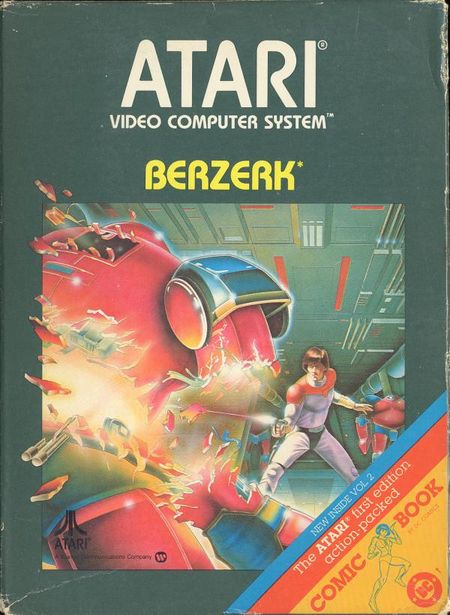
3. **Berzerk: The ‘Cursed’ Cabinet and Parental Fears**Beyond games that vanished due to mechanical failure or fueled abstract legends, some titles earned notoriety through tragic real-world incidents, inadvertently contributing to the broader decline of arcades by intensifying parental anxieties. One such game was Berzerk, an early arcade classic known for its synthesized speech and fast-paced, maze-based shooter action. While the game itself was not inherently dangerous, a deeply unfortunate event in 1982 forever linked it with a chilling rumor.
In Calumet City, Illinois, an 18-year-old teenager tragically died while playing Berzerk. Although the official cause of death was heart failure, unrelated to the game itself, the timing and location of the incident immediately sparked widespread rumors of a “cursed arcade game.” This sensational story quickly spread through communities, casting a dark shadow over arcades at a time when public perception was already precarious. The concept of a game possessing such a malevolent influence played directly into the fears of parents who were already wary of the new entertainment medium.
This incident wasn’t isolated; the 1980s saw nine recorded cases of arcade games triggering epileptic seizures, further amplifying public concern. A 1980 New York Times article had already commented on the potential for addiction, and the National Safety Council had claimed video games promoted violence. The tale of a “cursed arcade game” like Berzerk, however apocryphal in its direct cause, served as potent fodder for these anxieties. It reinforced the growing narrative that arcades were not just distracting, but potentially dangerous spaces, leading parents to actively encourage home gaming systems as a safer alternative for their children, thereby contributing to the vanishing of children from these public spaces and, by extension, the games within them.
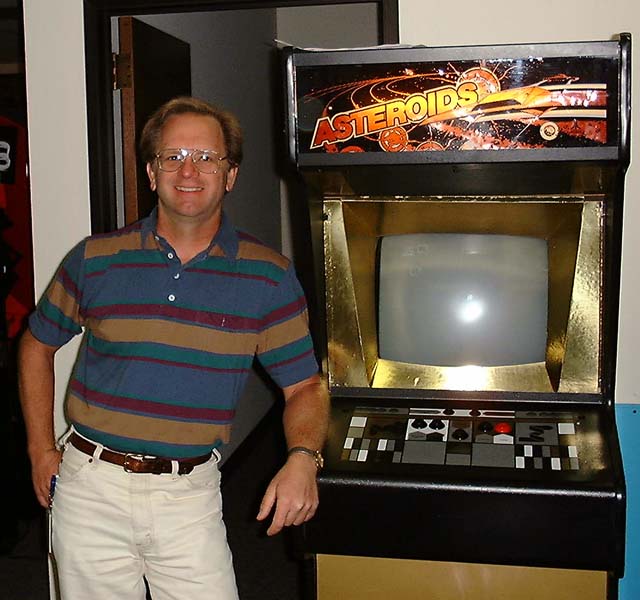
4. **Asteroids: High Scores, Illness, and the FBI Raid**Asteroids (1979) stands as one of the titans of the golden age of arcades, a groundbreaking vector graphics shooter that captivated players worldwide, selling an astounding 70,000 machines. Its iconic status made it a ubiquitous presence in arcades, yet even such a beloved title became intertwined with the very real events and growing anxieties that would contribute to the eventual decline of arcades and the disappearance of many games from their once-prominent cultural perch.
The context around Asteroids in Portland, Oregon, during 1981 is particularly telling. While the game itself was immensely popular, the narrative often focuses on other incidents occurring in the same arcade. For instance, following the aforementioned Michael Lopez’s migraine from playing Tempest, another Portland teenager, during a filmed attempt to break the Asteroids world record at the same arcade, played for an astonishing 28 hours until suffering severe stomach pain. These intense, almost obsessive gaming sessions, whether on Asteroids or other popular titles, highlighted the concerns about the addictiveness of video games.
Just ten days after these incidents, the Federal Bureau of Investigation (FBI) raided several Portland arcades. While the primary reason for the raid was to address the illegal conversion of video game cabinets into gambling machines, the FBI agents’ methodology—monitoring arcade cabinets for evidence of tampering and recording high scores for possible witnesses—unintentionally fueled the very “men in black” rumors that would become central to the Polybius legend. These raids, coupled with 52 Portland arcade arrests in 1981 and 25 at a single arcade a year later, showcased a darker, more regulated side of the arcade experience.
These real-world events, involving player illness, intense competition, and explicit law enforcement intervention, severely heightened the existing societal anxieties surrounding arcades. Even games as iconic as Asteroids, simply by being present in these controversial environments, became associated with these negative perceptions. They helped solidify the notion that arcades were risky places where not just money, but health and safety could be compromised, ultimately contributing to the vanishing appeal of these once-vibrant entertainment hubs.
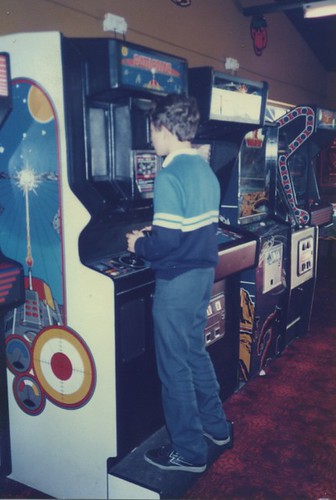
5. **Battlezone (The Bradley Trainer): From Arcades to Armories**The notion of arcade games vanishing from public sight isn’t always about urban legends or commercial failures; sometimes, it involves a transformation and repurposing that removes them from their original context entirely. A fascinating example of this is Battlezone, Atari’s groundbreaking 1980 tank combat game, which utilized vector graphics to create a revolutionary 3D battlefield experience. While a popular arcade staple, a version of Battlezone underwent a profound metamorphosis.
In the early 1980s, the United States military commissioned Atari to modify Battlezone into a sophisticated tank training simulator, known as The Bradley Trainer. This bespoke version was no longer a game for casual coin-op entertainment; it was a serious tool for military instruction, designed to realistically simulate tank operations. The project, and the initial reluctance of Battlezone’s lead programmer Ed Rotberg to work on it due due to its military application, were even covered by newspapers in 1981, bringing this unusual partnership into the public eye.
This modification represents a distinct form of “vanishing” from the public arcade sphere. The essence of Battlezone, its core gameplay mechanics, was taken, adapted, and then sequestered away for a highly specialized, non-recreational purpose. This real-world instance of a popular game being co-opted for governmental use directly fed into the nascent conspiracy theories of the era, where whispers of mind-control programs and covert experimentation with video games, similar to the purported CIA’s MKUltra program, began to circulate. The Bradley Trainer essentially took Battlezone and made it vanish from its entertainment role, reappearing in a clandestine, military-industrial context, reinforcing the idea that games could be more than just entertainment, and could be manipulated for unseen agendas.
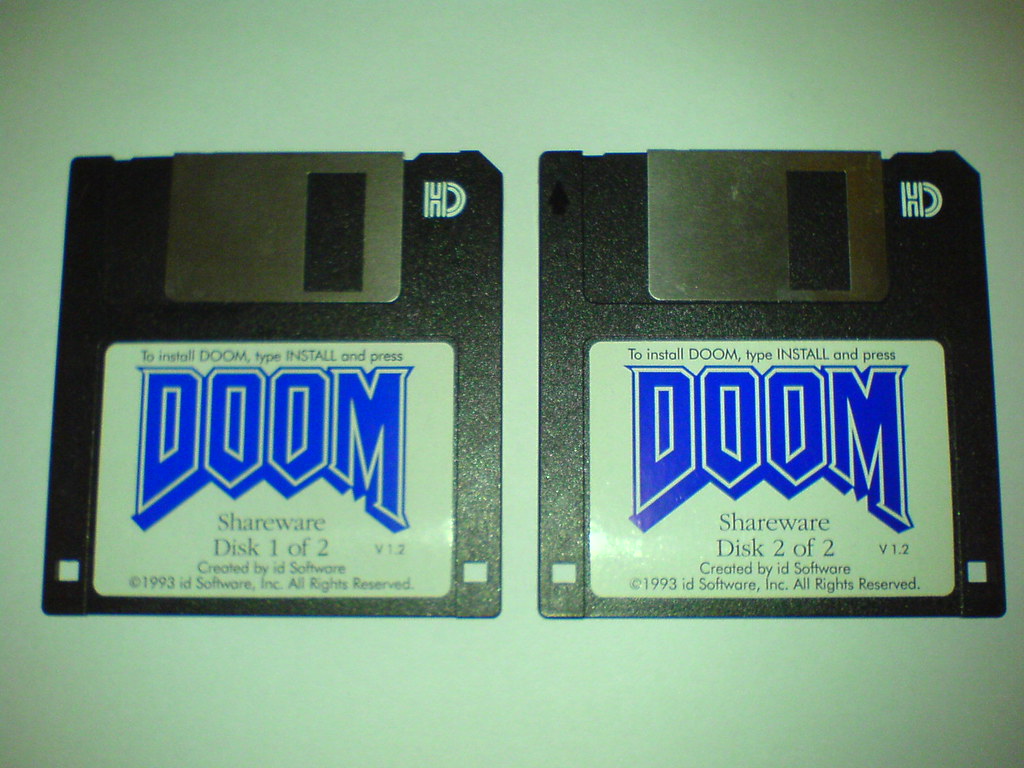
6. **Doom II (Marine Training Program): The Digital Battlefield Beyond the Arcade**Years after the heyday of arcade cabinets and the initial stirrings of the Polybius legend, the trend of popular video games being repurposed for military use continued, further highlighting how certain gaming experiences could effectively “vanish” from their original public context. While Doom II was never an arcade game in the traditional sense, its immense popularity as a PC title in the mid-1990s, combined with its subsequent military modification, offers a compelling parallel to the themes of control and secret programs associated with the Polybius myth.
In the late 1990s, precisely when the first online Polybius rumors began to circulate, the military undertook a project to modify Doom II into a virtual training program specifically for marines. This transformation took a widely recognized and beloved entertainment title and adapted its familiar mechanics and environments for serious, combat-oriented instruction. Just as with The Bradley Trainer a decade earlier, this marked a significant departure from the game’s original intent, relocating it from the personal computer screens of millions of gamers to the specialized training facilities of the armed forces.
This real-world modification of Doom II serves as a tangible example of how video games could be appropriated for purposes far removed from public entertainment. It echoes and perhaps even lends credence to the broader conspiracy theories that games like Polybius were part of government experiments or mind-control programs, showing that the core idea of games being used for external control wasn’t entirely far-fetched. This repurposing meant that a version of Doom II, in its modified form, effectively “vanished” from general public access and understanding, moving into a specialized, non-recreational environment, thereby contributing to the narrative of games disappearing or being transformed for unseen, powerful purposes, aligning perfectly with the overarching theme of games vanishing from our shared gaming consciousness.”
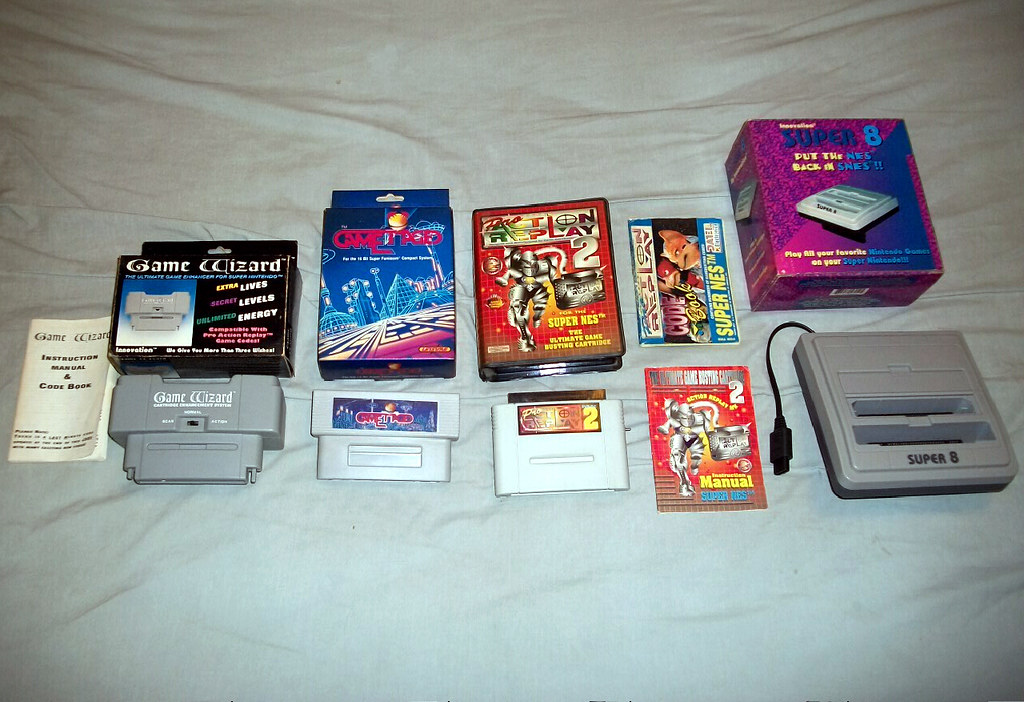
7. **The Fallout of ’83: How the Video Game Crash Shook Arcades**The gaming world was not without its turbulence, and few events had as catastrophic an impact as the video game crash of 1983. This industry-wide calamity, triggered by a confluence of factors, sent shockwaves through the entire entertainment sector, significantly weakening the foundation upon which traditional arcades stood. While primarily affecting the home console market, the crash cast a long, dark shadow over all forms of video gaming, eroding public trust and stalling growth at a critical juncture in arcade history.
Several contributing factors converged to create this perfect storm. The market became oversaturated with a deluge of low-quality games, particularly from a proliferation of too many third-party developers producing unlicensed and often rushed titles. This explosion of mediocre content, coupled with excessive competition, created widespread confusion and disappointment among consumers. Players, repeatedly burned by subpar experiences, lost confidence in the value proposition of video games, leading to a dramatic downturn in sales and interest across the board.
Though arcades were not the direct culprits of the crash, the aftermath created an undeniable stigma around video games of all kinds. The public perception shifted from excitement and innovation to skepticism and caution, affecting foot traffic and investment in coin-operated entertainment. This broad disillusionment stalled the industry’s growth until companies like Nintendo, with its meticulous quality control and strategic marketing, successfully revitalized the home console market later in the decade. By then, however, arcades had lost crucial ground, with many unable to weather the financial and reputational storm.

8. **Family Fun Redefined: The Rise of Restaurant & Entertainment Centers**Beyond the direct competition from home consoles and the industry-wide downturn, traditional arcades faced a formidable challenge from a new breed of competitive businesses that ingeniously blended dining with entertainment. These innovative venues offered families a holistic experience, effectively pulling customers away from standalone arcades by providing a more comprehensive and appealing destination for a day or evening out. The advent of these family entertainment centers signaled a significant shift in consumer preferences, one that arcades struggled to counter.
Leading this pioneering charge was Chuck E. Cheese, founded by none other than Atari co-founder Nolan Bushnell. Bushnell envisioned a space where gaming was integrated into a larger family experience, transforming the humble arcade into a vibrant, multi-faceted entertainment hub. Guests could enjoy pizza and other food while immersing themselves in arcade games, winning tickets, and redeeming them for prizes. This rewarding system elevated the gaming experience beyond mere high scores, adding an element of tangible reward that resonated deeply with children.
What truly cemented Chuck E. Cheese’s massive success was its broader appeal as a family-friendly alternative. Parents preferred venues that combined dining with entertainment, eliminating the logistical hassle of visiting a separate restaurant before or after an arcade trip. The inclusion of attractions like a live animated animal band further enhanced the appeal, ensuring kids were entertained for hours. This convenience and comprehensive offering proved irresistible, quickly establishing these centers as preferred destinations. Other businesses, such as ShowBiz Pizza, swiftly replicated this successful model, intensifying the competition and further siphoning off the crucial family demographic from traditional mall arcades.
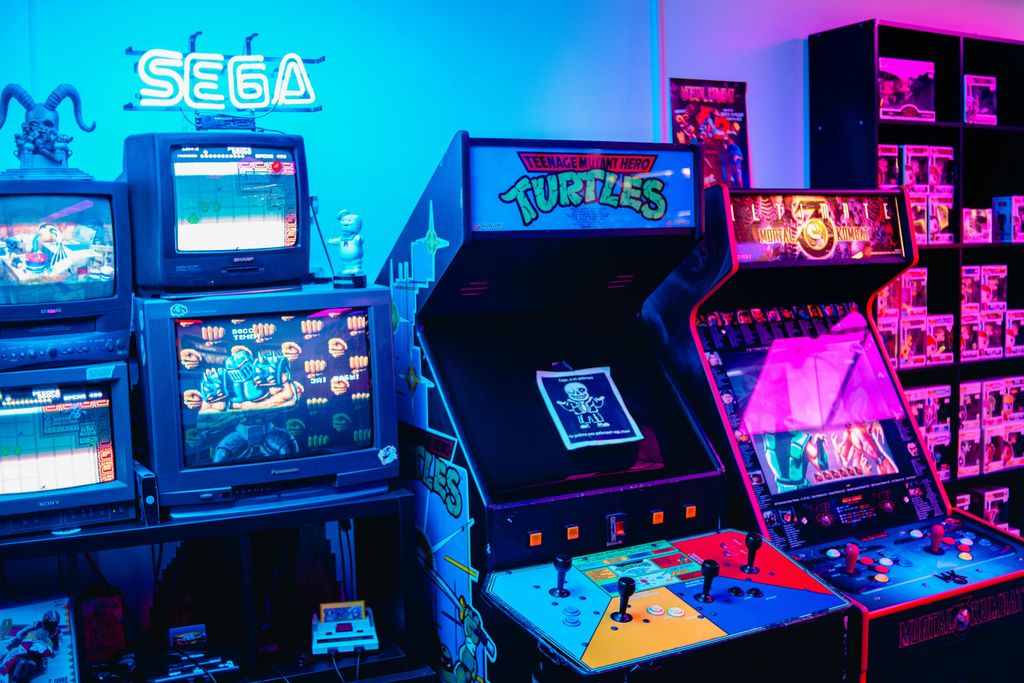
9. **Beyond the Arcade: Bowling Alleys, Theaters, and Theme Parks Join the Game**The competitive landscape for arcades broadened even further as diverse entertainment venues began to incorporate video games into their existing offerings, subtly yet effectively diversifying their appeal and diverting attention from dedicated arcade establishments. It wasn’t just about direct competitors; it was about every corner of the leisure industry recognizing the draw of gaming and integrating it, making standalone arcades seem less essential. This strategic inclusion by established businesses chipped away at the unique selling proposition of arcades.
Bowling alleys, for instance, underwent a significant transformation in the 1980s. No longer solely catering to serious bowlers, many began to reposition themselves as family-friendly entertainment complexes. Adding a selection of arcade games allowed these spaces to offer something for everyone, particularly for children who might otherwise grow restless during a long bowling session. This ensured that while parents enjoyed their game, younger family members remained happily engaged, turning a simple night out into a fuller, more inclusive entertainment experience for all.
Even movie theaters, traditional bastions of cinematic experience, started evolving to capture a broader audience. As they enhanced amenities like snack bars and comfortable seating, some also began to introduce small arcade sections within their lobbies. This convenient addition provided a quick diversion for patrons waiting for their film or simply looking for extra entertainment, subtly diverting attention and quarters that might otherwise have gone to a dedicated arcade. Similarly, theme parks and large family entertainment centers began bundling classic arcade-style games with their expansive offerings of roller coasters, live shows, and other attractions. These venues offered an all-encompassing entertainment package, making their inclusion of arcade games feel like an added bonus rather than the primary draw, further diluting the unique appeal of standalone arcades.

10. **The Unconventional Hosts: Arcades in Gas Stations and Grocery Aisles**As the golden age of standalone arcades drew to a close, a peculiar phenomenon emerged: arcade machines began to surface in the most unexpected of places. This shift wasn’t a sign of resurgence for traditional arcades but rather a testament to the lingering demand for quick, casual gaming diversions, leading to the “vanishing” of dedicated arcade spaces in favor of a ubiquitous, albeit fragmented, presence. These unconventional hosts offered a last bastion for coin-op gaming, albeit on a much smaller, less glamorous scale.
Gas stations, with their convenience stores and constant flow of travelers, became unlikely hosts for arcade machines during this transitional period. Many owners recognized the potential to entertain customers, especially children, while parents refueled or shopped for snacks. These machines were often older or simpler models, not the latest cutting-edge titles, but they offered a perfect solution for casual players looking for a quick diversion during a pit stop. While not a primary destination for serious gamers, these gas station cabinets played a crucial role in keeping the arcade culture alive in smaller, often overlooked, and unconventional locations, far removed from the grand halls of their predecessors.
Similarly, grocery stores and drug stores also welcomed arcade machines into their aisles. Strategically placed near entrances or checkout areas, these cabinets provided a welcome distraction for children and teens while their parents navigated shopping carts. Much like in gas stations, the games found in these retail environments were typically older, less complex, and designed for quick, bite-sized gameplay sessions. This setup not only helped sustain a degree of public interest in arcade gaming but also, in an understated way, created small yet cherished social hubs within everyday locations. These scattered machines represented the vanishing of the grand arcade experience, replaced by micro-arcades embedded within the fabric of daily errands.
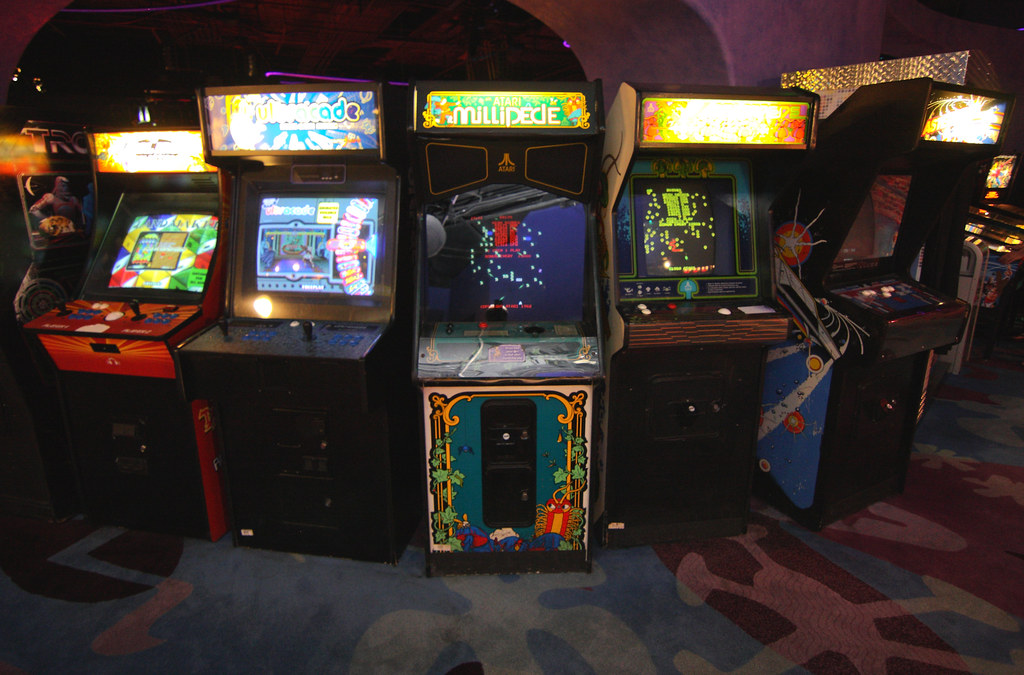
11. **Shifting Sands: Cultural Norms and Evolving Gaming Experiences**By the mid-to-late 1980s, the traditional arcade faced a monumental challenge rooted in changing cultural norms and the fundamental evolution of gaming experiences themselves. The once-novel environment of the arcade began to feel increasingly dated, struggling to keep pace with societal priorities and the rapidly transforming habits of youth. This confluence of cultural and technological shifts eroded the very foundation of arcade dominance, contributing significantly to the vanishing act of many beloved games.
Technological progress was a relentless tide that arcades could not withstand. The sheer novelty of arcade technology, once its greatest strength, dissipated as personal computers, home consoles, and portable devices gained unprecedented traction. These new platforms offered increasingly sophisticated graphics, deeper gameplay, and the incomparable luxury of playing at home. Consequently, many standalone arcades folded, and those that survived often retreated into the anonymity of shopping malls, losing their distinct identity as vibrant, independent cultural epicenters.
Compounding this was a growing wave of parental disapproval. Arcades were increasingly labeled as unsavory or even unsafe spaces, particularly in the wake of incidents like the Berzerk tragedy or widespread concerns about addiction and violence. This negative perception led many parents to actively encourage home gaming systems as a safer, more supervised alternative for their children, further contributing to the vanishing of youth from these public spaces and, by extension, the games within them.
Furthermore, the inherent limitations of arcade machines themselves began to fall short when compared to the rich, immersive experiences becoming available elsewhere. Arcade games were, by design, intended for short, intense sessions, intentionally crafted to consume more quarters through fast-paced action and a relatively brief gameplay lifespan. This stood in stark contrast to the emerging deep, complex worlds offered by home consoles, which prioritized narrative and long-term engagement over quick, coin-guzzling bursts.
Perhaps the most significant difference was the complete lack of ownership in arcades. Players couldn’t own arcade games, whereas acquiring a console cartridge or a PC disk offered a tangible sense of investment, a personal library of titles to enjoy indefinitely. Coupled with advancements like save states and complex storylines on devices like the NES, which were fundamentally unavailable in arcades, players found themselves with compelling reasons to choose home gaming, ultimately leading to the decline and disappearance of many arcade-exclusive experiences.
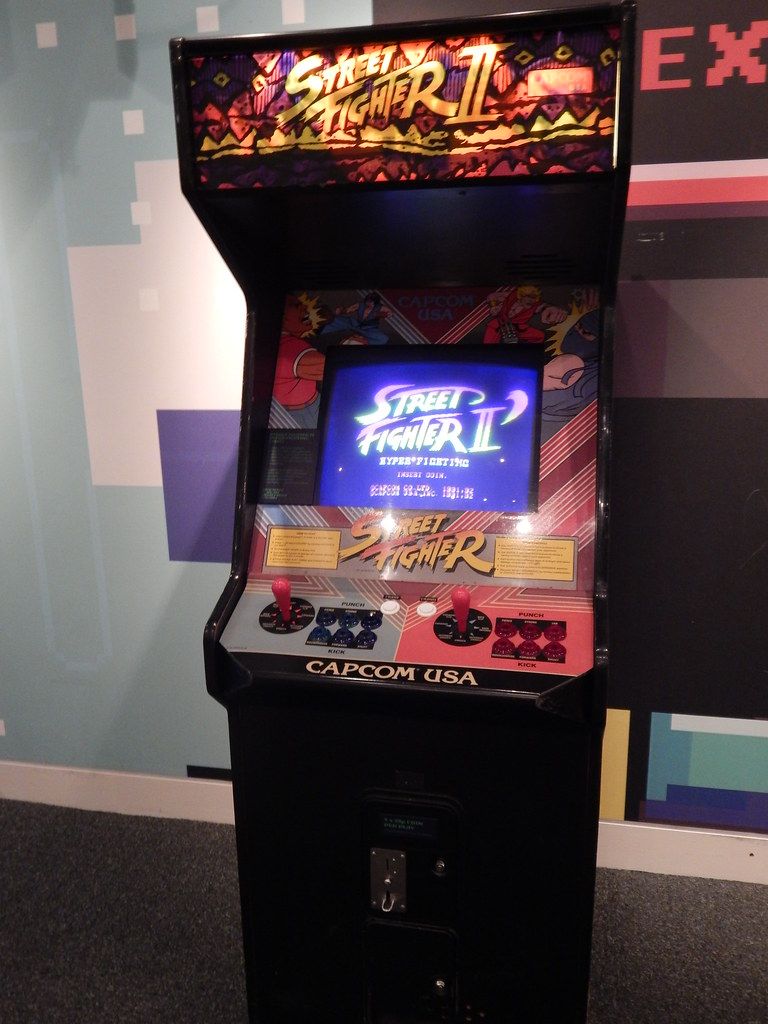
12. **Pinball’s Parallel Journey: Decline, Resilience, and the Modern Revival**To fully grasp the multifaceted story of vanishing arcade games and the broader decline of their physical spaces, it’s incredibly insightful to look at the parallel narrative of pinball machines. These mechanical marvels, with their distinctive lyrical chime of metal balls and dazzling lights, carved out their own legacy as cultural sensations, only to face a similar ebb in popularity before a remarkable modern revival. Pinball’s journey mirrors that of video arcades, offering a compelling microcosm of the forces at play.
The origins of pinball trace back to the 18th-century French parlor game bagatelle, evolving into the modern, coin-operated machines of the 1930s with spring-loaded plungers and mechanical bumpers. The true boom, however, arrived with the introduction of electricity, enabling flashing lights and intricate scoring, and, most critically, the invention of flippers by Gottlieb in 1947 with their ‘Humpty Dumpty’ game. This innovation transformed pinball from a game of chance into one of skill, propelling it into diners, bars, and arcades as a cultural symbol throughout the 1970s, a true golden age adorned with elaborate themes from pop culture, music, and movies like ‘Flash Gordon,’ ‘Genie,’ and ‘Star Trek.’
Despite this mid-century dominance, pinball, much like its video game counterparts, began its decline in the 1980s. The meteoric rise of arcade video games such as Pac-Man and Space Invaders presented a new, high-tech alternative that instantly captivated the younger generation. Video games offered a greater variety, faster adaptation to evolving technology, and a novel interactive experience that pinball, with its mechanical limitations, struggled to match. Pinball was increasingly perceived as a relic of the past, unable to compete with the digital revolution.
This decline was exacerbated by shifting demographics and the pervasive proliferation of home gaming consoles, which drew people away from public entertainment spaces. By the late 1990s, many pinball manufacturing companies either shut down or diversified, unable to sustain themselves amidst the decreased demand for mechanical games and the relentless march of digitalization. The vibrant, clattering machines that once defined public entertainment seemed destined to vanish into the annals of history, becoming a product of a bygone era, much like the arcades they often inhabited.
Yet, the story doesn’t end there. In recent years, pinball has experienced a vibrant nostalgic resurgence, breathing new life into this timeless pastime. Collectors and retro gaming enthusiasts have fueled a renewed interest, with pinball expos and tournaments growing in popularity, introducing the game to new generations. Modern manufacturers like Stern Pinball and Jersey Jack Pinball now produce state-of-the-art machines that marry vintage design with digital displays, advanced sound systems, and complex gameplay, often featuring themes inspired by contemporary pop culture like Led Zeppelin and Star Wars. This revival underscores a collective longing for tactile, interactive play in an increasingly digital world, proving that some legends, once seemingly vanished, are destined to make a triumphant return.
The narrative of arcade games vanishing from our collective consciousness is far more intricate than simple obsolescence; it is a sprawling tapestry woven from technological upheaval, societal shifts, and the relentless evolution of entertainment itself. From the whispers of mythical machines like Polybius to the very real impact of home consoles, market crashes, and the diversification of leisure activities, each thread tells a story of adaptation and change. Yet, as we’ve seen with the surprising resurgence of pinball and the rise of modern barcades, the spirit of these legendary experiences endures. They may have vanished from their original pedestals, but their legacy continues to shape the vibrant, ever-evolving world of gaming, reminding us that true legends never truly disappear, they merely transform and wait for their next curtain call.




